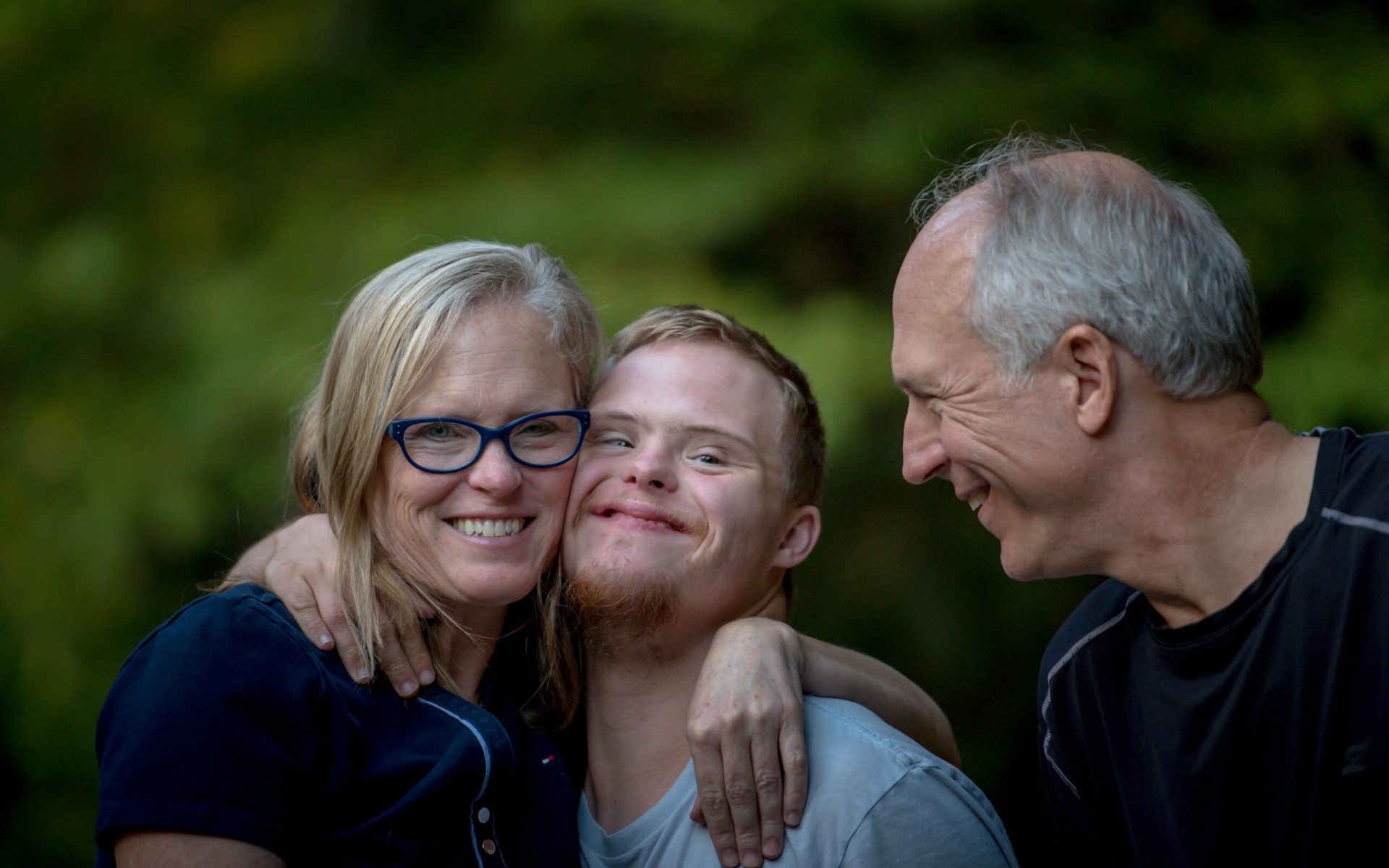Hello there, fellow design enthusiasts! Today, we’re exploring the important concept of inclusive design and how it can create accessibility in public spaces for people of all abilities. As advocates for diversity and inclusivity, we know that every individual deserves equal access to public spaces, regardless of their physical or cognitive abilities. So, let’s dive into the world of inclusive design and learn how to make public spaces accessible for everyone!
- Start with listening: The key to creating accessible public spaces is to understand the needs of people with disabilities. Do your research and listen to what disabled people are saying. Consider factors like mobility, visibility, and sensory needs.
- Eliminate barriers: Identify physical barriers that might impede accessibility, such as steps, narrow doorways, or uneven surfaces. Remove these obstacles and replace them with accessible alternatives, like ramps, wider doors, or smooth flooring.
- Ensure clear wayfinding: Clear and concise signage is crucial for people with disabilities to navigate public spaces independently. Use large, high-contrast lettering and symbols to help people find their way easily.
- Prioritize safety: Safety is paramount in public spaces, especially for people with disabilities. Install adequate lighting, handrails, and non-slip surfaces to prevent accidents and promote a sense of security.
- Consider sensory needs: People with sensory disabilities may have specific needs when it comes to sound, light, and texture. Incorporate features like noise-reducing materials, adjustable lighting, and tactile surfaces to make the space comfortable for everyone.
- Provide seating: Seating is essential for people with mobility issues or fatigue. Make sure there is ample seating available, including benches, chairs, and resting areas.
- Design for diversity: People with disabilities come from all walks of life and have diverse needs. Consider factors like age, culture, and language when designing public spaces to ensure they are inclusive for everyone.
- Collaborate with experts: Consulting with disability advocates, architects, and engineers can provide invaluable insight into designing accessible public spaces. These experts can offer unique perspectives and practical solutions to create truly inclusive spaces.
- Educate the community: Creating accessible public spaces is not just about design, but also about fostering a culture of inclusivity. Educate the community about the importance of accessibility and encourage them to support inclusive design practices.
- Continuously evaluate and improve: Inclusive design is an ongoing process that requires continuous evaluation and improvement. Regularly assess the effectiveness of the design features and make adjustments as needed to ensure they meet the needs of all users.
By implementing these inclusive design principles, we can create public spaces that are accessible, safe, and welcoming for all bodies. Let’s continue to design with intention, empathy, and a deep commitment to inclusivity. Thank you for joining us on this journey toward a more accessible and equitable world!


